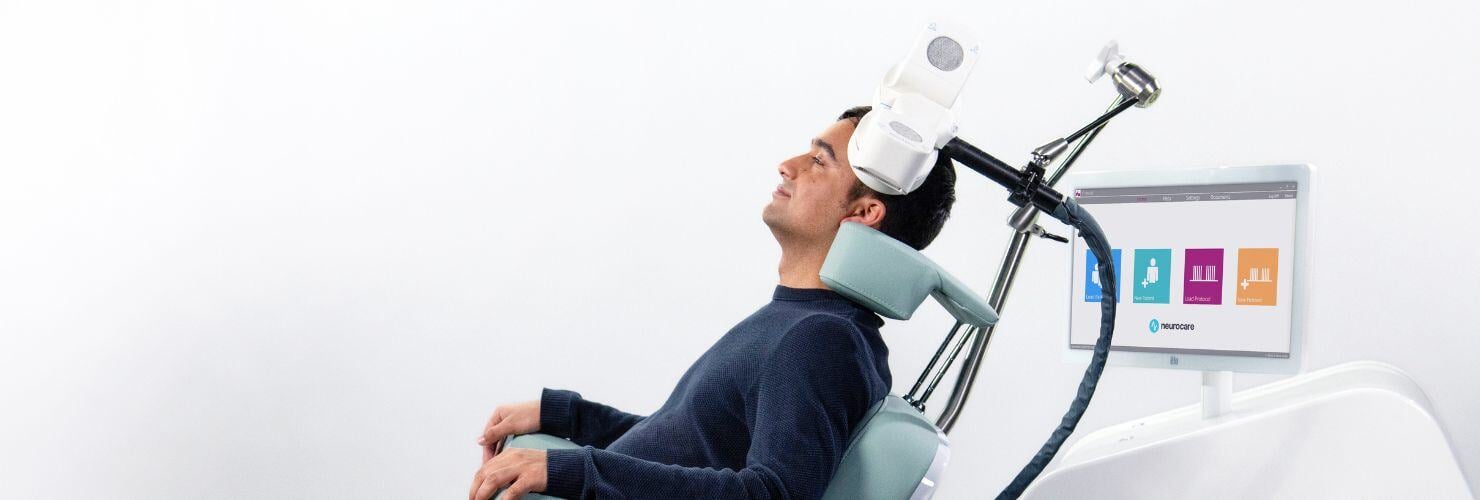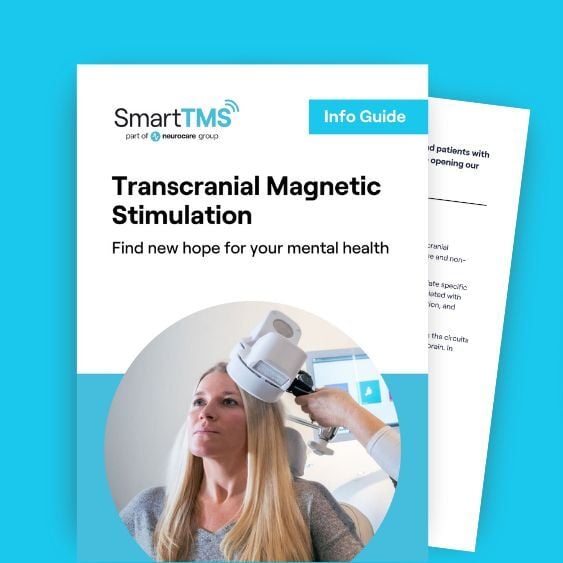Treating insomnia with TMS - the evidence
Can insomnia be treated with Transcranial Magnetic Stimulation (TMS)? See the growing research and evidence to suggest TMS may help primary chronic insomnia.

TMS treatment for primary chronic insomnia
The diagnosis of primary chronic insomnia requires the patients to have:
- Difficulty falling asleep
- Difficulty staying asleep
Primary chronic insomnia doesn’t include narcolepsy, parasomnia (sleepwalking) or circadian rhythm disorders (struggling to adopt a typical day/night pattern).
Most cases of insomnia are secondary to another condition, like depression or anxiety. However, primary chronic insomnia isn’t caused by depression, anxiety or drug use (illicit or prescribed) and is a condition in it’s own right as defined in DSM-IV (Diagnostic and Statistical Manual of Mental Disorders).
The most common treatment for primary chronic insomnia includes sedatives or antidepressants, but there is little evidence to suggest that they’re effective and safe long-term. These medications tend to offer symptomatic relief (meaning they just treat the symptoms) and patients are likely to see their insomnia symptoms return soon after stopping using them.
Behavioural therapies can be used to correct bad sleep habits. These can help you to reduce stimulation and practise relaxation techniques at bedtime. Such therapies can be useful for those struggling to fall asleep but do little for those patients who struggle to maintain good quality sleep through the night. Cognitive behavioural therapy, or CBT, is proven to cause better outcomes than antidepressants in both achieving and maintaining sleep.
Study results
TMS to treat Primary Chronic Insomnia
Back in 2013, 120 patients were treated for primary chronic insomnia. They were divided into three groups:
- Group one were given low frequency TMS for two weeks;
- Group two were given medication (Benzodiazepine) for two weeks;
- Group three were given psychotherapy (CBT) for two weeks.
TMS results
- TMS increased the total average sleep time by 25% and was the best at improving REM (rapid eye movement) sleep. This sleep phase is vital for development as it is when stimulation of the brain areas used in learning occurs.
- Stress levels were also reduced towards normal levels with the TMS treatment.
- Transcranial magnetic stimulation also maintained sleep improvements better than medication and psychotherapy, with no side effects reported within the test group.
What’s the verdict – can TMS treat chronic primary insomnia?
Chronic primary insomnia is easy to misdiagnose and should be diagnosed by a doctor with experience in this area. We recommend standard treatment be tried first and if you don’t respond well to medication or therapy, TMS is another option for you to try.
It’s important that you’re fully informed when making your decision and our patient advisors can talk through the evidence above and help you to decide what’s best for you.










